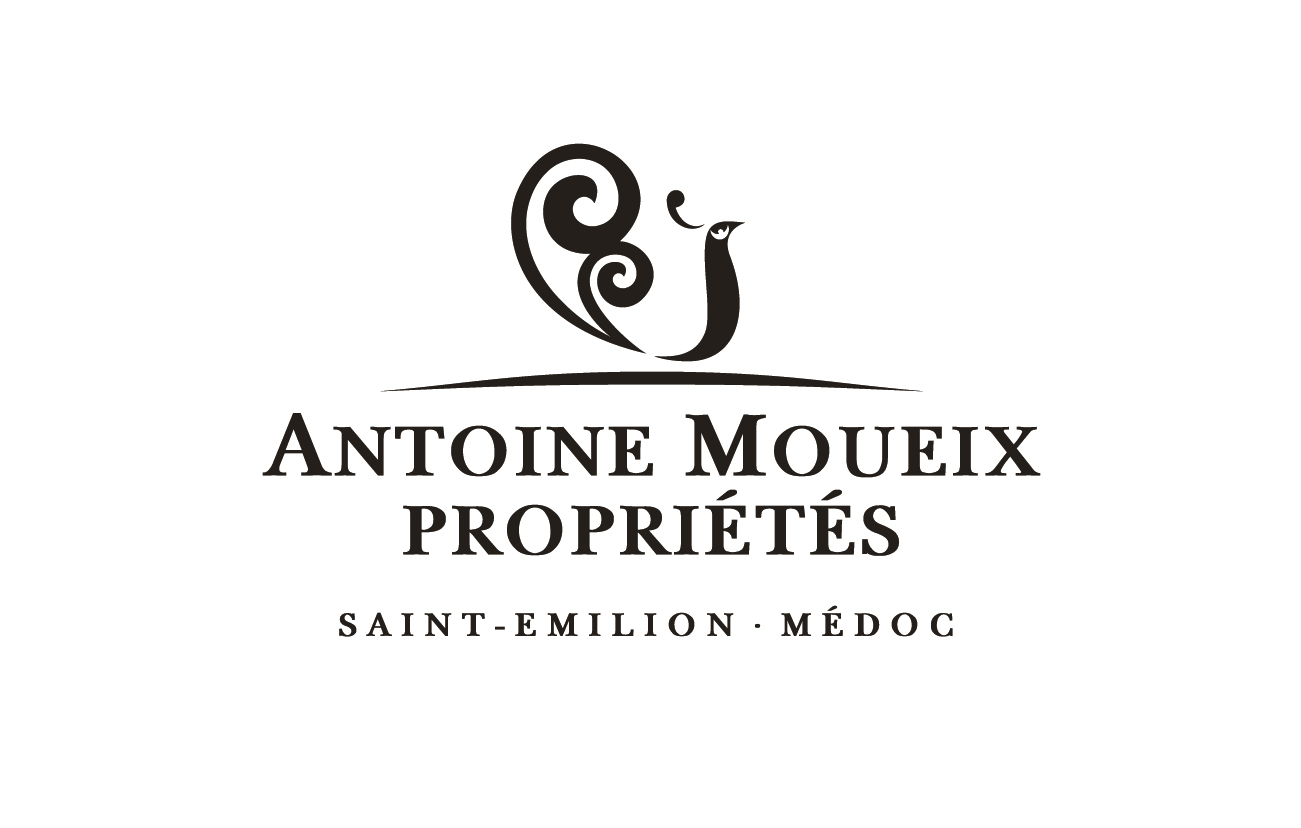Chateau
liversan
2016
Chateau
liversan
2016

Climatic conditions
A calendar year is no benchmark for wine-growing, as everything starts again after grape picking. Winter 2016 began with a summery period in mid-December followed by record rainfall of over 400 millimetres, up to February. A cold month of March allayed concerns for early budburst: no frost, though!
A delightful month of May gave way to a rainy period, bringing a procession of fungus in its wake. Flowering was no festival this year, but managed to get by, auguring well for the vintage. Summer was bright and fine, without any excesses, and ripening began quickly and efficiently. Liversan soils slowly reached ideal water stress levels.
The nocturnal coolness of the Atlantic coast alternated with warm, sunny days; tannic patterns were affirmed and the identity of our soils was strongly stated.
Vintage presentation
Colour is still slightly purplish red. The nose is tart, marked by red fruit, raspberries in particular. The palate is long, refined and delicate.
Tannic structure is quite tight with a soft touch. The finish is sweet, with average but persistent length, typical of gravelly soils.
From the vine to the glass
Grapes were vatted as the plots matured; we could afford the luxury of half-day harvesting, maybe squeezing in an extra day of maturity, which really makes the subtle difference between good wine and great wine.
We are emotion transmitters, not cooks; the grapes were sublime, fermentation unrolled along with work on the cap which, day after day, released colour, aroma and tannins.
At Liversan, we have a blank page to choose from where maturing is concerned. Which wood for which grape variety, and for how many months…?
So, let’s taste?
Tasting
James Suckling – 93 pts
Roger Voss, Wine Enthusiast – 91 pts
Yves Beck – 90 pts
Neal Martin, Vinous – 90 pts
Decanter – 90 pts




